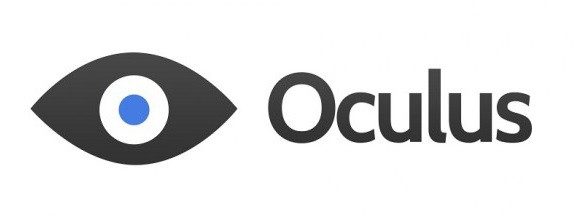 Oculus has released a new preview build (0.3.2) of the Oculus SDK, adding support for Mac and Linux, bringing the Unity integration to Mac, improving GL performance, and more, along with several bug fixes.
Oculus has released a new preview build (0.3.2) of the Oculus SDK, adding support for Mac and Linux, bringing the Unity integration to Mac, improving GL performance, and more, along with several bug fixes.
Back in April, Oculus released the first preview build (0.3.1) of their latest Oculus SDK which brought many exciting changes like Timewarp and improved distortion. The second preview build (0.3.2) is available now at the Oculus developer portal. The 0.3.x Oculus SDK is the first to support the Oculus Rift DK2 which is due out in July; we expect to see a non-preview build of the 0.3.x SDK as the DK2 starts to reach developers.
The 0.3.2 preview release 2 adds support for Mac and Linux to the Oculus SDK, and brings the Unity integration to Mac as well. The Oculus Configuration Utility, which allows users to calibrate their Rift, is also now available for Mac and Linux. The Oculus Software Development Kit Overview document has been updated along with the 0.3.2 build. The rest of the changes are reproduced below:
Oculus SDK Changes (0.3.1 » 0.3.2)
Oculus SDK
- Added Mac and Linux support.
- Added Oculus Configuration Utility for Mac and Linux.
- Enabled VSync on both Mac and Linux.
- Separated ovrSensorCap_* bits from ovrHmdCaps. HMD Caps, such as low persistence, are now modified through ovrHmd_SetEnabledCaps.
- Unified format of ovrHmdCaps, ovrSensorCaps, ovrDistortionCaps.
- Unified handling of graphics state save/restore across GL and D3DX.
Unity
- Added Mac support.
- Changed Tuscany Demo to use standard Unity skyboxes.
- Disabled normal rendering for DistortionCamera so it only spends performance on distortion.
- Undistorted RenderTexture uses Oculus-recommended resolution * user-defined scale.
- Made use of undistorted RenderTexture optional.
- Added ability to dynamically scale render target.
- Decoupled tracking and motion input from scale of player or camera controller, allowing for world scale.
- Flipped Y coordinate by default on D3D to account for texture addressing differences.
Bug Fixes
Oculus SDK
- Fixed shutdown crash on AMD by flushing windows message queue before posting quit state.
- Removed mode change on Windows when going fullscreen in GL mode.
- Fixed vertex buffer corruption in GL.
- Fixed loss of input in full-screen applications on OSX 10.9.
- Fixed potential SensorFusion crash when using a default profile.
Unity
- Clamped FOV values (may lead to a crash when set above 170 deg. vertical).
- Optimized distortion mesh to avoid a potential crash when garbage collection occurs.
- Fixed black screen when OVRPlayerController is used in a scene.
- Fixed horizontal FOV calculation when generating distortion meshes.






